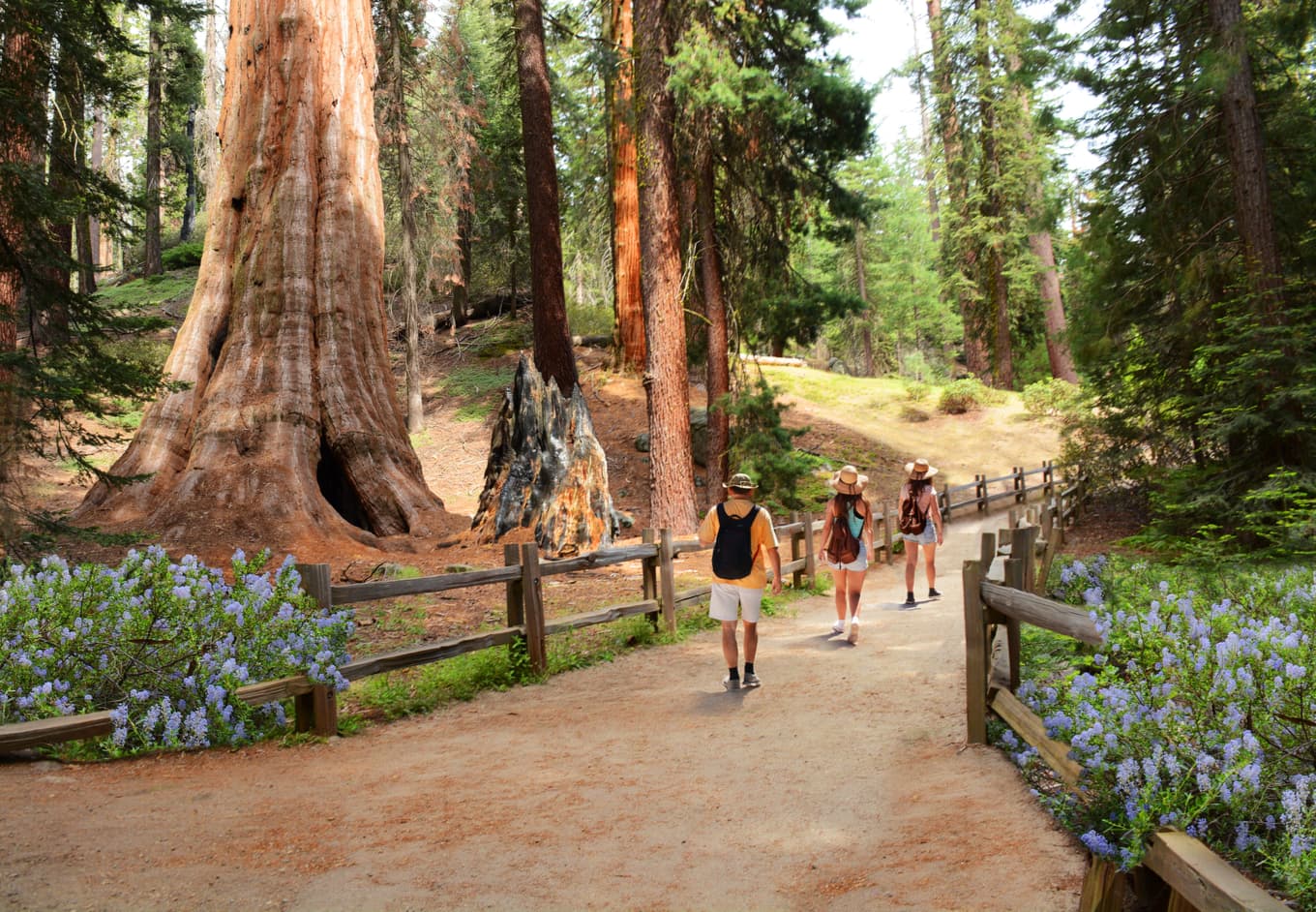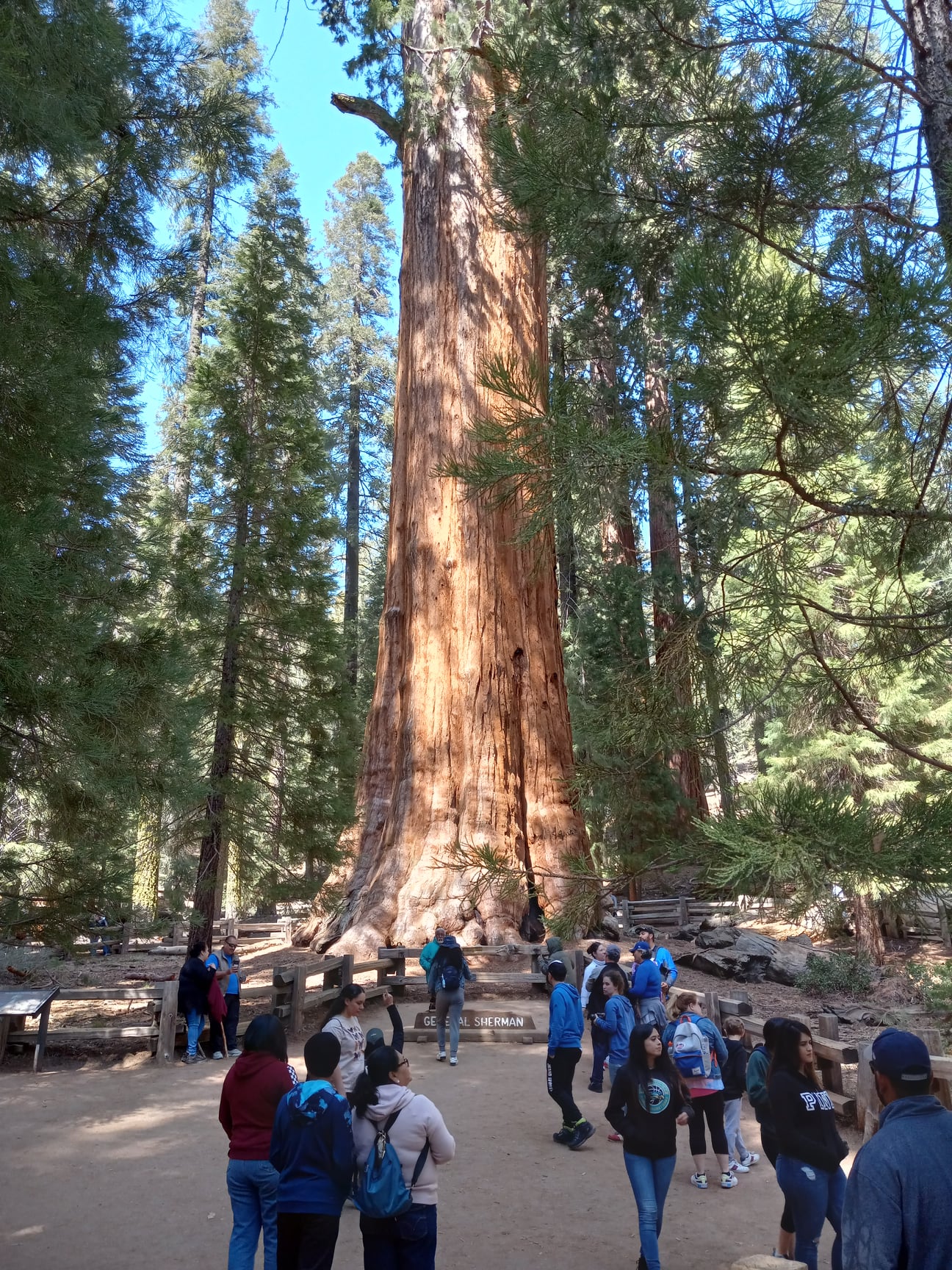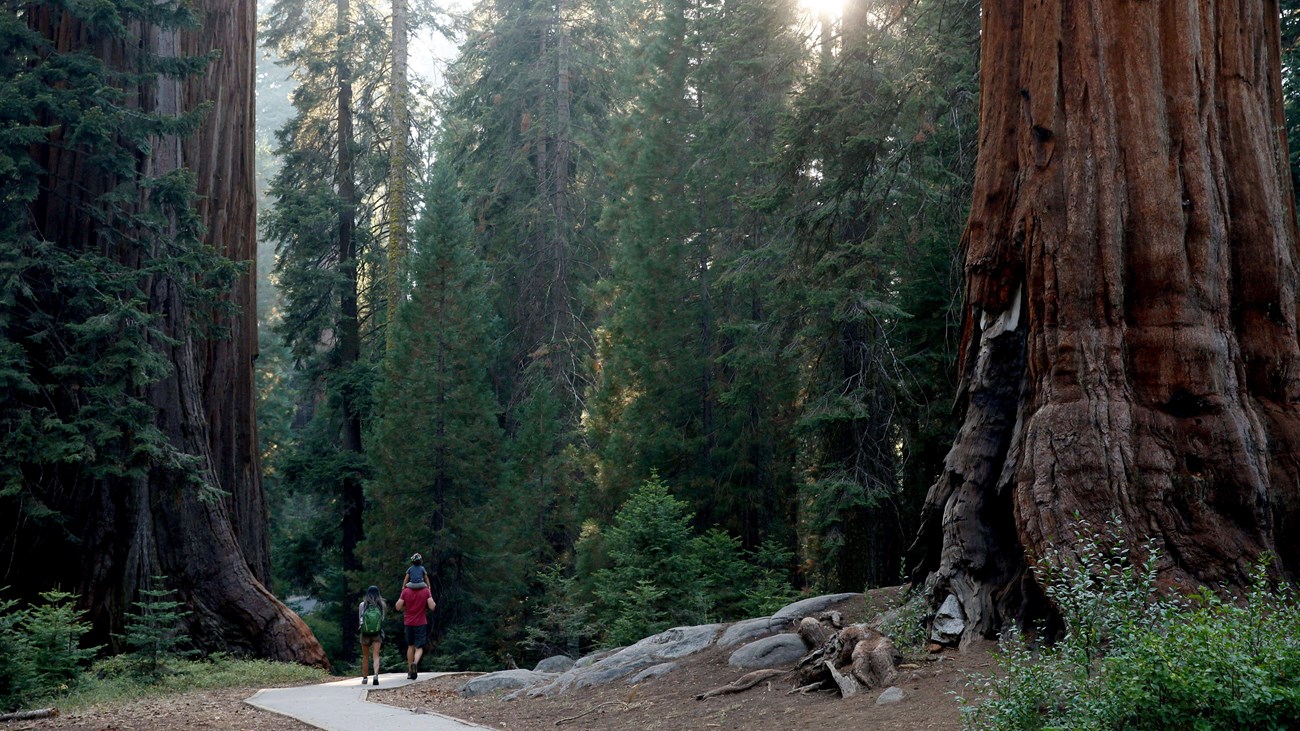Sequoia National Park-- Explore Among California's Many Majestic Parks
Sequoia National Park-- Explore Among California's Many Majestic Parks
Blog Article
Explore the Diverse Wildlife Habitats Within Sequoia National Forest
Sequoia National Park is an environmental treasure, showcasing a remarkable variety of wild animals habitats that contribute to its abundant biodiversity. From the magnificent huge sequoia forests to the varied alpine fields, each environment plays an essential role in supporting numerous types, including both usual and rare animals.
Summary of Sequoia National Forest
Sequoia National forest, snuggled in the southerly Sierra Nevada mountain variety of California, is renowned for its awesome landscapes and looming huge sequoias. Developed in 1890, it is among the earliest national forests in the USA, committed to preserving the natural charm and environmental honesty of this unique region. The park includes over 404,000 acres of diverse terrain, featuring impressive hills, deep canyons, and lavish meadows.

Visitors can explore various hiking tracks, ranging from leisurely walks to difficult backcountry paths, each supplying an unique point of view of the park's majesty. With its mix of natural marvels and recreational chances, Sequoia National forest serves as a vital shelter for both wild animals and those looking for to get in touch with nature.

Significant Wild Animals Habitats
The diverse landscapes of Sequoia National forest develop a mosaic of wildlife habitats that support a rich range of varieties. These environments range from lush meadows and thick woodlands to rocky towering zones and expansive river valleys, each supplying unique eco-friendly niches.
One famous environment is the gigantic sequoia woodland, identified by looming trees and a rich understory, which supports various mammals, birds, and insects. The mixed conifer forests, made up of varieties such as sugar want and white fir, offer additional sanctuary and food sources for wildlife.
Meadows and meadows play an important function in the park's environments, serving as vital foraging grounds for herbivores like deer and little creatures. These open locations additionally bring in diverse bird species, specifically throughout migration periods.
The park's greater altitudes include towering environments, where problems are extreme and types are adapted to endure in such extremes (Sequoia National Park hour). Right here, one can locate special flora and fauna that thrive in rocky, cool atmospheres
Vegetation and Fauna Variety
Within the diverse environments of Sequoia National Park, an impressive range of vegetation and fauna coexists, showcasing the complex relationships that maintain the park's biodiversity. The park is home to over 1,300 plant varieties, including the famous giant sequoias, which are amongst the biggest and oldest trees on Planet. These stunning trees give vital environment and food resources for various wildlife, cultivating a complex web of environmental communications.
Animal Sequoia National Park parking species in Sequoia National forest are just as varied, with habitats ranging from lowland foothills to high towering environments. Animals such as black bears, mule deer, and bobcats thrive in this rich ecological community, while bird species, including the marvelous gold eagle and the elusive discovered owl, elegance the skies. Amphibians and reptiles, like the Sierra amphibian and the western rattlesnake, additionally play vital functions in preserving eco-friendly equilibrium.
The park's one-of-a-kind combination of elevation slopes and microclimates sustains these varied types, highlighting the value of maintaining the all-natural environments that permit such an abundant tapestry of life to flourish. Understanding this variety is critical for valuing the eco-friendly significance of Sequoia National Park.
Conservation Efforts in the Park
Conservation efforts in Sequoia National Park play an important function in guarding its one-of-a-kind ecological communities and the varied varieties that occupy them. The park utilizes a diverse method, including habitat remediation, species keeping an eye on, and intrusive varieties monitoring. These efforts are important for preserving the delicate equilibrium of the park's ecological communities, that include gigantic sequoias, meadows, and alpine environments.
Energetic repair jobs concentrate on improving indigenous plant neighborhoods and refurbishing abject environments. Sequoia National Park hour. This is especially crucial in areas affected by human activity or all-natural disturbances such as wildfires. The park's biologists perform normal tracking of key varieties, consisting of the threatened Sierra Nevada bighorn sheep, to analyze populace health and wellness and inform monitoring methods
Intrusive types present a considerable risk to the park's biodiversity. Through these comprehensive campaigns, Sequoia National Park makes every effort to secure its rich natural heritage for future generations while making certain the strength of its varied wildlife environments.
Tips for Wildlife Observation
Observing wild animals in Sequoia National Park supplies a special chance to connect with nature and value the diverse varieties that prosper in this exceptional habitat. To optimize your wildlife observation experience, consider numerous crucial ideas.
Firstly, plan your browse through throughout morning or late afternoon, as these times are most energetic for several pets. Bring field glasses to observe wildlife from a secure distance without disturbing their natural actions. Furthermore, familiarize on your own with the types you intend to see; recognizing their routines and environments can improve your chances of detecting them.
Persistence is critical; wild animals observation usually needs waiting quietly and being conscious of your surroundings. Remain on assigned routes to reduce your influence on the ecosystem and ensure your security. It is additionally recommended to keep a respectful distance from animals, preventing any kind of actions that might emphasize them or interrupt their environment.
Finally, take into consideration joining led excursions led by educated park rangers. These professionals can give valuable insights and boost your chances of seeing wild animals in their natural setups. By following these ideas, you can enrich your experience and contribute to the preservation of Sequoia's wild animals.

Final Thought
Sequoia National forest acts as a crucial refuge for diverse wild animals, showcasing a remarkable variety of environments that sustain many types. The interaction between huge sequoia woodlands, combined conifer woodlands, meadows, and alpine areas cultivates an abundant ecological tapestry. Ongoing conservation initiatives are important for maintaining these habitats and the special vegetation and animals that populate them. Eventually, the park's biodiversity highlights the value of preserving such natural landscapes for future generations.
Please visit one of our local supporters - Wholesale Liquidation Pallet Airpods Pro
Report this page